How to Cut Alumina Ceramic Substrate?
Cutting alumina ceramic isn’t as simple as slicing through wood or metal. It’s a challenge that requires precision, the right tools, and a good understanding of the material itself. Whether you're working in electronics, medical tech, or aerospace, alumina ceramic components need careful handling—especially during machining. This guide will walk you through everything you need to know about cutting alumina ceramic, from its unique properties to methods that can help you get clean, smooth edges without cracks or waste.
What Is Alumina Ceramic?
Alumina ceramic is a type of advanced ceramic material made primarily from aluminum oxide (Al₂O₃). It’s well-known for its strength, hardness, and resistance to wear. Unlike metals or plastics, alumina doesn’t melt or deform under heat. It also doesn't conduct electricity, which makes it a go-to for insulating parts in high-voltage systems. Its appearance is typically white or off-white, with a smooth, dense surface.
Engineers value alumina for its stability and durability. It holds up under stress, pressure, and high temperatures. That’s why you’ll find it in everything from semiconductor packages to cutting tools and medical implants.
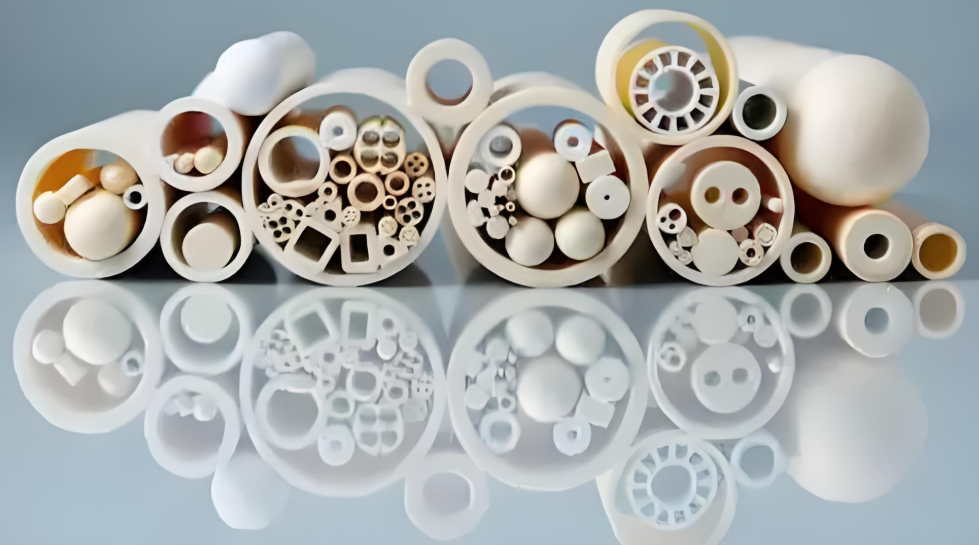
Alumina Ceramic Composition and Structure
At its core, alumina is simply refined bauxite that has been processed to remove impurities and sintered at high temperatures. The resulting structure is a dense, tightly packed ceramic with minimal pores. This crystalline structure is what gives alumina its mechanical strength and toughness.
Depending on the grade, alumina can contain up to 99.9% pure aluminum oxide. Lower grades may include additives like silica or magnesia to improve machinability or cost-effectiveness. Its grain structure can be fine or coarse, which affects how it behaves during cutting. A finer grain usually means a smoother finish but tougher machining.
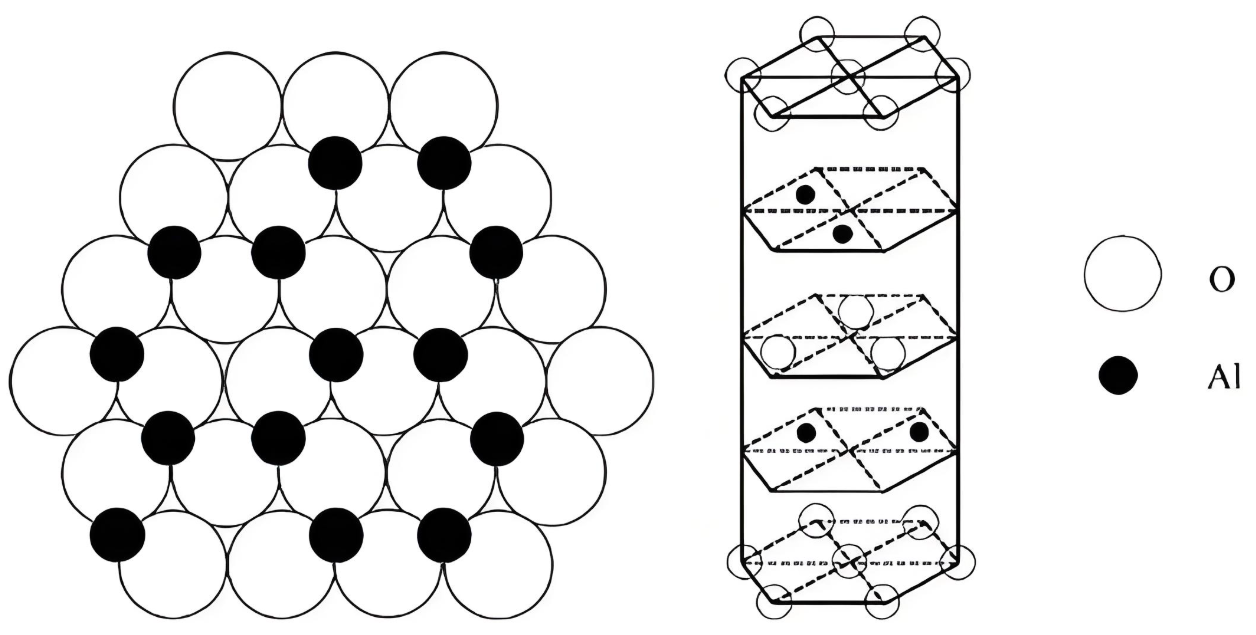
Key Properties of Alumina
Alumina ceramic is valued for a range of material properties that set it apart from conventional engineering materials:
- Hardness: Alumina ranks 9 on the Mohs hardness scale, just below diamond. It resists scratching and surface wear.
- High Compressive Strength: Alumina can withstand heavy loads without deformation.
- Excellent Electrical Insulation: It offers high dielectric strength and low dielectric loss.
- Thermal Resistance: The material retains its mechanical properties at temperatures up to 1600°C.
- Corrosion Resistance: Alumina resists acids, alkalis, and most solvents.
- Low Thermal Expansion: This helps maintain dimensional stability under fluctuating temperatures.
- Biocompatibility: Suitable for surgical implants and dental applications.
Why Alumina Ceramic Is Difficult to Cut?
Cutting alumina ceramic is challenging due to its intrinsic material properties. The same hardness and brittleness that give it exceptional performance in-service also make it difficult to machine.
Unlike metals or plastics, alumina does not deform plastically. It fractures when exposed to excessive force or incorrect cutting parameters. Standard cutting tools made of steel or carbide are ineffective, as they wear out quickly or fail due to the ceramic’s hardness.
The risk of chipping, cracking, or delamination is high if the ceramic is not supported or cooled properly during cutting. Thermal conductivity is low, so localized heat from cutting can create stress concentrations, leading to microcracks or edge damage.
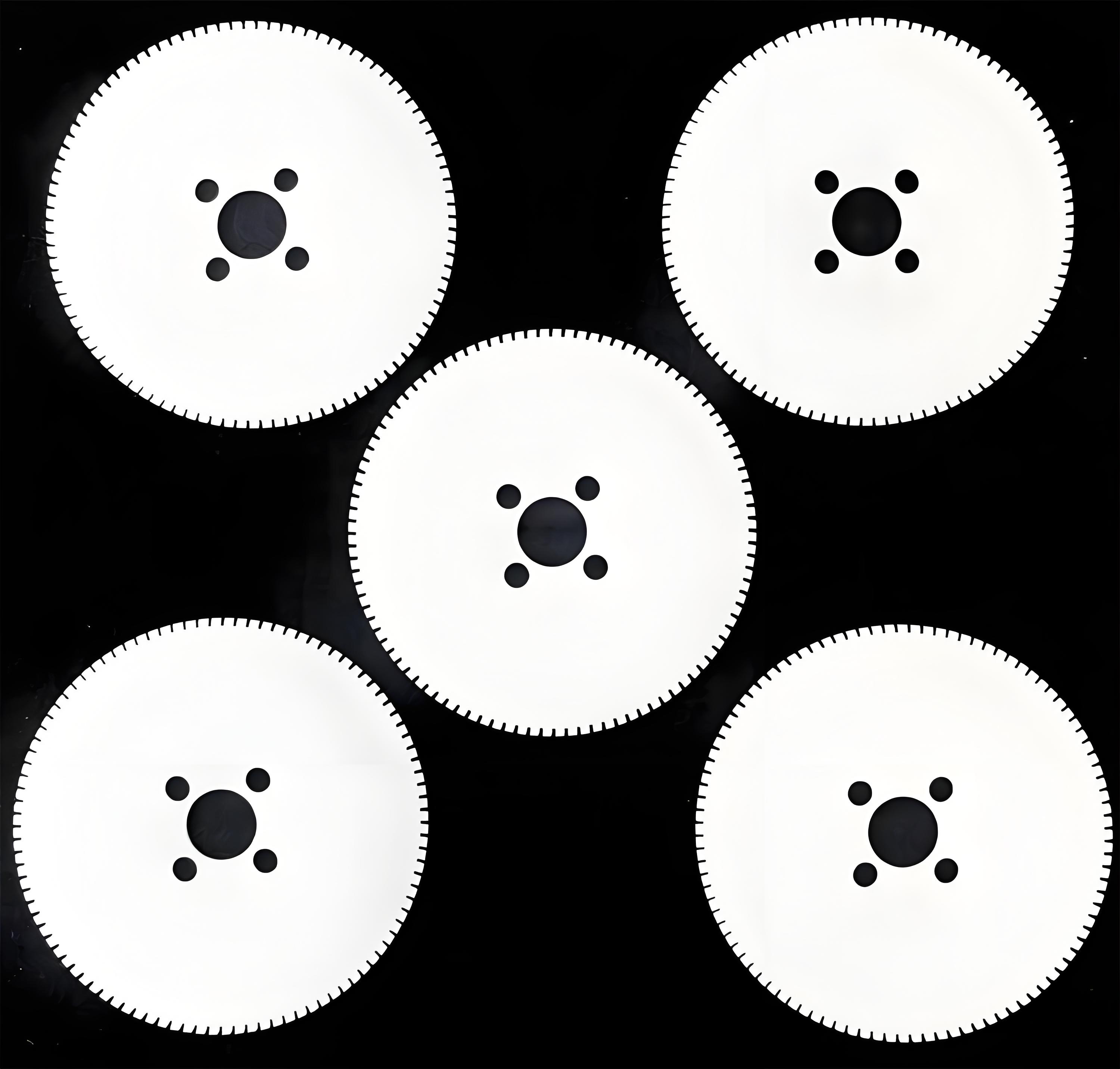
Safety Considerations Before Cutting
Safety is a critical aspect when working with alumina ceramic. Though chemically stable, alumina generates fine dust particles during cutting that can pose respiratory hazards if inhaled.
Key precautions include:
- Wear a dust mask or respirator: Cutting alumina can release airborne ceramic particles.
- Use safety goggles or a face shield: Prevents eye injuries from flying shards or debris.
- Wear gloves: Protects against sharp edges and tool vibration.
- Ensure proper ventilation: Use localized exhaust systems or HEPA filters to keep the work area clean.
- Use noise protection: High-speed cutting tools can generate loud noise levels.
In addition, all cutting equipment should be grounded, and water-cooled systems should be inspected regularly to prevent leaks and electrical hazards.
Laser Cutting Alumina Ceramic
Laser cutting is an advanced method that offers precise, contact-free machining of alumina ceramic. It is especially useful for complex geometries and thin ceramic substrates.
Key advantages of laser cutting:
- High precision: Lasers can cut extremely fine patterns with tight tolerances.
- Minimal mechanical stress: No tool contact means reduced risk of cracking or chipping.
- Clean edges: Properly tuned lasers produce smooth, burr-free cuts.
- No tool wear: Unlike blades or drills, lasers do not suffer from degradation.
CO₂ lasers and UV lasers are commonly used for alumina ceramics. The choice of laser type depends on the thickness, purity, and required edge quality of the ceramic component.
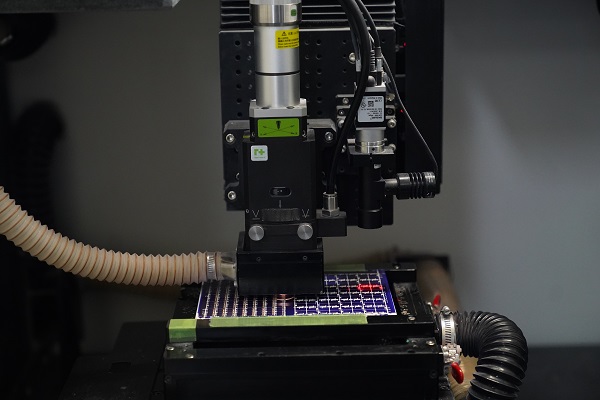
However, thermal damage is a potential drawback. Improper settings may lead to heat-affected zones (HAZ) or surface discoloration. Using short pulse durations, high scanning speeds, and cooling systems can mitigate these effects.
Common Mistakes to Avoid When Cutting
Many people underestimate how fragile alumina can be under stress. Here are some common pitfalls:
- Using metal tools: Standard steel blades dull quickly and may crack the ceramic.
- Applying too much force: Pushing the tool harder won’t make the cut faster. It just increases the chance of breaking the piece.
- Skipping cooling: Dry cutting can overheat the material, leading to fractures.
- Poor clamping: If the ceramic isn’t held securely, it may shift or vibrate, causing jagged cuts or damage.
- Wrong feed rate: Going too fast or too slow can both ruin your results.
- Avoiding these mistakes can mean the difference between a clean finish and a wasted part.
How to Prevent Chipping and Cracking?
Chipping and cracking are the most common defects when cutting alumina. Preventing them requires a methodical approach:
- Use the Right Cutting Method
For simple shapes, diamond saws or waterjet cutting are reliable. For intricate patterns, laser or CNC micro-machining is more effective.
- Optimize Feed Rate and Tool Speed
A slower feed rate reduces stress buildup. Tool speed should be adjusted based on the tool diameter and the material thickness. Using a variable-speed controller helps fine-tune the cutting process.
- Apply Consistent Cooling
Continuous water or air cooling reduces heat and prevents thermal shock. It also improves the edge quality and prolongs tool life.
- Perform Post-Cutting Finishing
After cutting, light polishing or lapping can remove microcracks and surface flaws. This improves mechanical strength and surface smoothness.
- Regularly Inspect the Material
Before cutting, inspect the alumina part for existing cracks or defects. Post-cut inspection should include visual checks and, if needed, non-destructive testing methods.
Frequently Asked Questions (FAQs)
1. Can I cut alumina ceramic with a regular saw blade?
Not recommended. Regular blades, especially steel ones, wear out fast and may damage the ceramic. Alumina is too hard and brittle for standard tools. Always use a diamond-tipped blade or consider laser cutting for clean, precise results.
2. What’s the best method for cutting alumina ceramic?
Laser cutting is often the top choice for its precision and minimal material stress. However, diamond saws and waterjet machines also work well, especially for thicker or more complex pieces. The method depends on your budget, part size, and required tolerance.
3. Why does alumina ceramic crack during cutting?
Cracking happens due to mechanical stress, poor tool choice, or thermal shock. Alumina doesn’t flex—it fractures. To avoid this, use the right tools, keep feed rates low, and apply proper cooling throughout the process.
4. Is it safe to cut alumina ceramic at home?
It’s possible, but not recommend. Cutting generates fine ceramic dust, which is harmful if inhaled. You’ll need respiratory protection, eye shields, and possibly a vacuum system or wet-cutting setup to manage debris and prevent exposure.
5. Can laser cutting damage alumina ceramic?
Yes, if not done correctly. Excessive power or improper settings can cause microcracks due to heat stress. But with well-tuned equipment, laser cutting is one of the cleanest and safest ways to shape alumina ceramics without mechanical force.
Best Technology is a leading supplier of alumina ceramic PCBs and components. With advanced processing equipment, skilled engineers, and strict quality control systems, we provide reliable solutions tailored to your needs. Whether you're designing for high-frequency applications, thermal management, or miniaturized circuits, our team supports your goals from prototype to production.








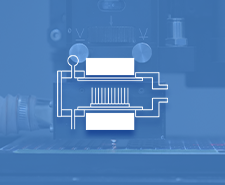
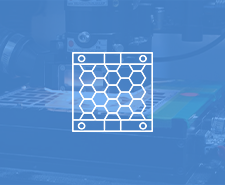




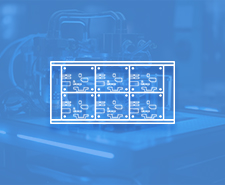


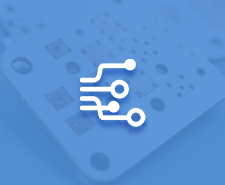
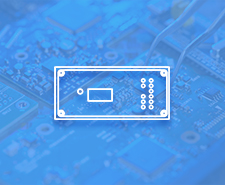

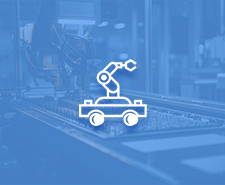
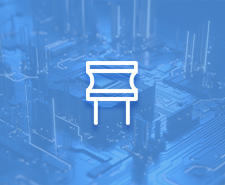
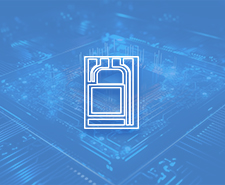

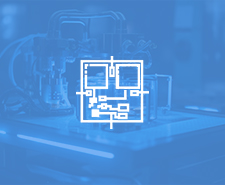





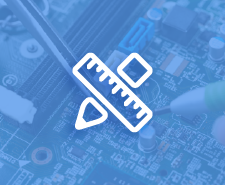
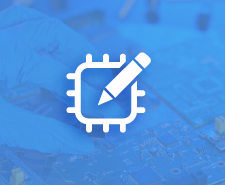




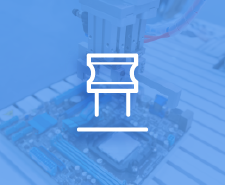

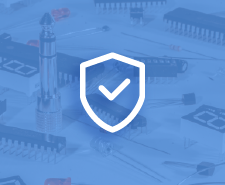


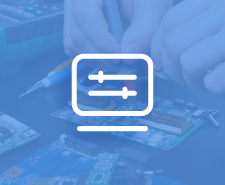

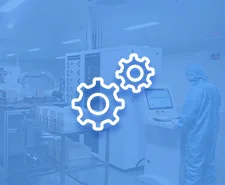

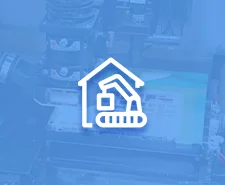
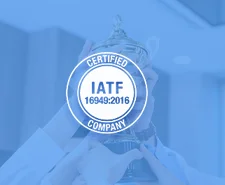







 HOME
HOME







